Episode 147 of The Speech Space Podcast explores effective behavioral interventions for speech therapy that help SLPs manage challenging behaviors with confidence and empathy. We discusses the connection between communication and behavior, explaining how understanding the “why” behind a behavior leads to better outcomes.
This episode covers Functional Behavior Assessment (FBA), Positive Behavior Supports (PBS), behavior-specific praise, choice-making strategies, and tiered supports aligned with the PBIS framework. We also shares real-world examples and practical “kernels” that make therapy sessions smoother and more productive.
Whether you’re supporting students with communication challenges or navigating classroom behavior, you’ll find actionable, research-based tips to build positive relationships and promote success in every session.
ASHA. (n.d.). Challenging Behaviors. https://www.asha.org/practice-portal/professional-issues/challenging-behaviors/
ASHA. (n.d.). Evidence-Based Practice (EBP). https://www.asha.org/research/ebp/
Bradshaw, C. P., Mitchell, M. M., & Leaf, P. J. (2012). Examining the effects of school-wide positive behavioral interventions and supports on student outcomes. Journal of Educational Psychology, 104(2), 372–387. https://doi.org/10.1037/a0027958
Embry, D. D., & Biglan, A. (2008). Evidence-based kernels: Fundamental units of behavioral influence. Clinical Child and Family Psychology Review, 11(3), 75–113. https://doi.org/10.1007/s10567-008-0036-x
PBIS.org. (n.d.). Is Schoolwide PBIS an Evidence-Based Practice? https://www.pbis.org/resource/is-schoolwide-pbis-an-evidence-based-practice
Simonsen, B., Fairbanks, S., Briesch, A., Myers, D., & Sugai, G. (2008). Evidence-based practices in classroom management: Considerations for research to practice. Education and Treatment of Children, 31(3), 351–380. https://doi.org/10.1353/etc.0.0007
Skinner, C. H., Skinner, A. L., & Burton, A. J. (2009). Tootling: A classwide peer reporting program that increases prosocial behavior. Psychology in the Schools, 46(10), 953–968. https://doi.org/10.1002/pits.20436
Sutherland, K. S., Wehby, J. H., & Copeland, S. R. (2000). Effect of varying rates of behavior-specific praise on the on-task behavior of students with EBD. Journal of Emotional and Behavioral Disorders, 8(1), 2–8. https://doi.org/10.1177/106342660000800101
Full Transcript of Podcast: Behavioral Interventions That Get Results
You are listening to the Speech Space podcast, a podcast full of tips and resources for SLPs. I'm your host, Jessica Cassity, and this is Episode 147. Today I will be discussing behavioral interventions and strategies that will help you to navigate challenging behaviors in your speech room. Before I get started, I did want to mention that this podcast is brought to you by The Digital SLP, which is a site that features time-saving interactive digital resources that are all teletherapy platform friendly. You can learn more or sign up for a 30 day free trial by going on over to the digital slp.com board slash digital slp. Let's start off by talking about why behavior matters in speech therapy. As SLPs, we know that communication and behavior are very closely linked. Most of us already know from our training and experience that behavior is often a form of communication, a way for students to express their needs, avoid frustration, or gain control.
When we treat the why behind the behavior, instead of just reacting to it, therapy becomes more productive and less stressful for everyone. Research from the Institute of Education Sciences shows that classrooms using proactive strategies like clear expectations, active supervision and frequent positive reinforcement, see significantly fewer disruptions. And since our therapy rooms are really mini classrooms, these same principles apply to us. Now that we've touched on the why behind behavioral interventions, let's talk a little about functional behavior assessment. FBA and positive behavior supports PBS research from the Institute of Education Sciences and multiple systematic reviews highlight function-based supports as one of the most effective ways to reduce challenging behavior. These approaches start with a functional behavior assessment, which looks at the antecedent or what happens before then the behavior itself, and then the consequence or what the child gains or avoids with that behavior. When we understand the function behind a behavior, we can design interventions that meet that same need in a positive, teachable way, helping students communicate more effectively instead of acting out.
Now in the speech room, what this might look like is identifying triggers like task difficulty, unclear directions or sensory overload. Then teaching a communicative replacement, like a take a break card or an a c symbol for help, or even just a simple verbal request and then reinforcing the replacement right away to stay consistent. For example, if a student shouts to escape a challenging task or expresses frustration, try shortening the task modeling, I need help, and then reinforcing that request over time, the new behavior replaces the old one. Now let's move on to behavior specific praise. Generic praise like good job is nice, but it's not instructional, and it's something I personally stopped saying many years ago after learning more about why it's not a useful thing to say, behavior specific praise is a much better alternative, and it tells the student exactly what they did.
Well, studies show that behavior specific praise, also referred to as BSP, increases on task behavior and improves self-regulation. So let's take a look at a couple of examples. You might say something like, I like how you waited for your turn before answering, or you used your words instead of grabbing. That was awesome. Self-control. You want to aim for a four to one ratio of positive to corrective statements. This helps build connection and trust so students feel supported and are more willing to listen. I know in our last episode about rapport, we talked a little bit about choice making, so I'm just going to briefly touch on it here. But providing structured choices gives our students a sense of control and it helps to reduce resistance. Systematic reviews find that when learners can make meaningful choices like task order materials or response mode, problem behavior decreases and motivation rises.
(04:45)
So you could try something like, do you want to start with the R sound or idioms today? Or would you like to use the magnetic tiles or the iPad? Even two simple options like these can transform a session from tense to cooperative. Now, let's talk for a minute about proactive management. Small evidence-based habits, sometimes called kernels pack a big punch. So one example is active supervision. So you want to move, scan, and connect Instead of staying behind a table, the next thing you want to do is have students repeat targets or gesture responses so everyone stays engaged. So you want to give them high opportunities to respond. That's going to keep them actively engaged in what's happening, not giving them the opportunity for their mind to trail off into a different world and disengage from what's happening. Also, you want to remind expectations before transition.
So this is referred to as pre correction. So you want to lay out that expectation before the student has the opportunity to forget what it is, and then you want to lower anxiety and boost comprehension for language impaired learners by using visual schedules when necessary. We know that visual schedules can be a helpful way for transitioning between one activity to another in, like I said, in turn, this also reduces anxiety about transitions or what's going to be happening throughout the day. These all take just a few seconds to implement, with the exception of the visual schedule, that obviously takes a little bit more time to prepare, but once it's in place, these all take seconds to implement and they can prevent a lot of disruption. So I know I covered a lot in a short amount of time, so let's take a moment to put it all together.
This is a quick framework that you could use to start using some of these strategies today. So step one, observe the behavior. What happens before, during, and after? Step two, identify the function. What is the student getting or avoiding when using this behavior? Step three, teach a replacement. You want to teach them a communicative, appropriate behavior that replaces the problem behavior. Number four, adjust the environment. Reduce triggers or confusion that are contributing to the behavior. Step five, reinforce the replacement immediately and often. Be very consistent with this so there's no confusion. Fusion. Step six, collaborate with teachers and families for consistency. It's very important that when we're trying to reinforce a new behavior that we have all team members on board, so we want to have family, caregivers, teachers, anyone who's coming in close contact with that student throughout the school day and at home.
Now, remember, effective behavioral intervention is not about control. It's about communication and connection. Now, let's just talk about a couple of key takeaways from today's episode. Behavior is communication. I think that's really important for us to remember, and I think most of us as SLPs know this. Sometimes it's easy to get lost in the moment when we're feeling overwhelmed, that usually our student is also feeling overwhelmed, and that behavior is a form of communication for them. Function-based support, outperforms punishment. That's very important to remember that function-based support outperforms punishment. You want to keep your praise specific and frequent. You want to offer choices to increase buy-in for your students, and then you want to maintain consistency across settings, all very important things. So if you're having a hard time remembering all that I threw at you in this episode, hopefully those key takeaways help to pull it all together for you. Just remember when students feel understood and supported, participation and progress, follow naturally. Thank you so much for tuning into today's episode. If you found it to be helpful, please leave a review or share it with another SLP or special educator. And don't forget, you can explore hundreds of interactive time-saving resources and sign up for your free 30 day trial@thedigitalslp.com slash digital slp. Until next time, stay inspired, stay evidence-based, and keep making communication fun.

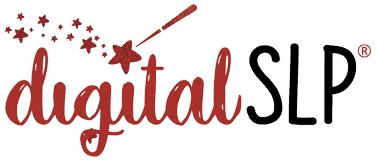
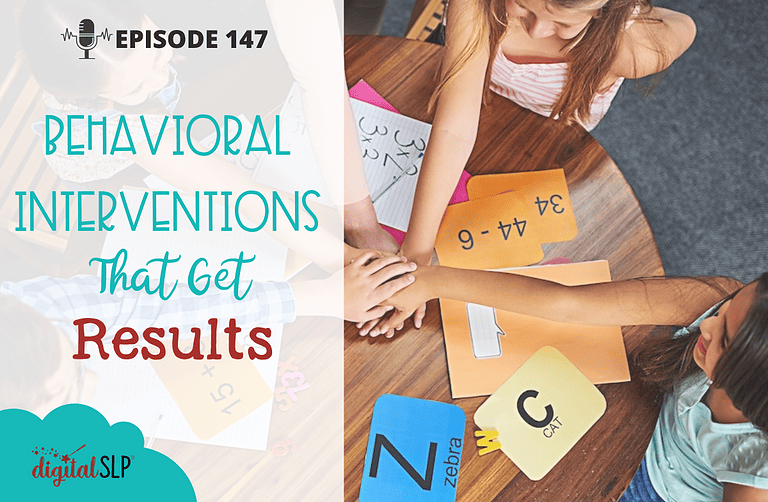

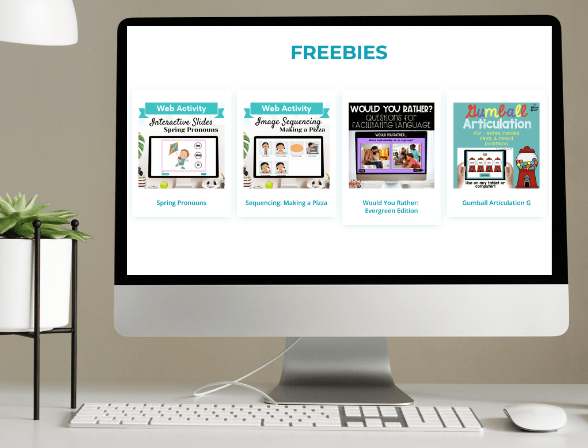



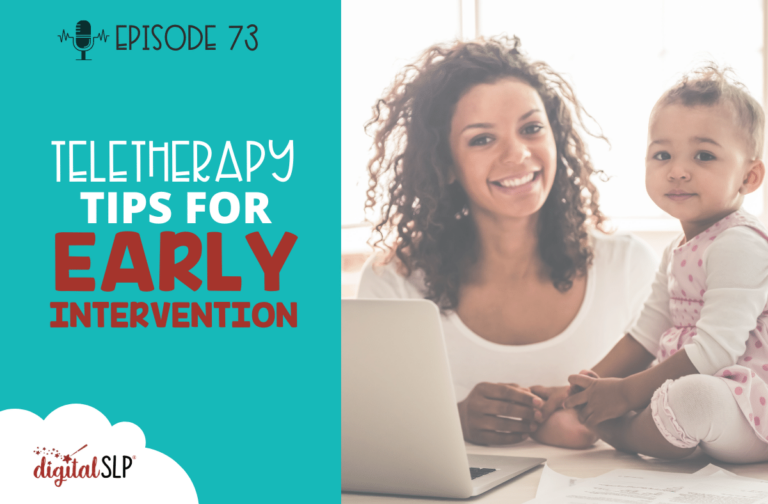
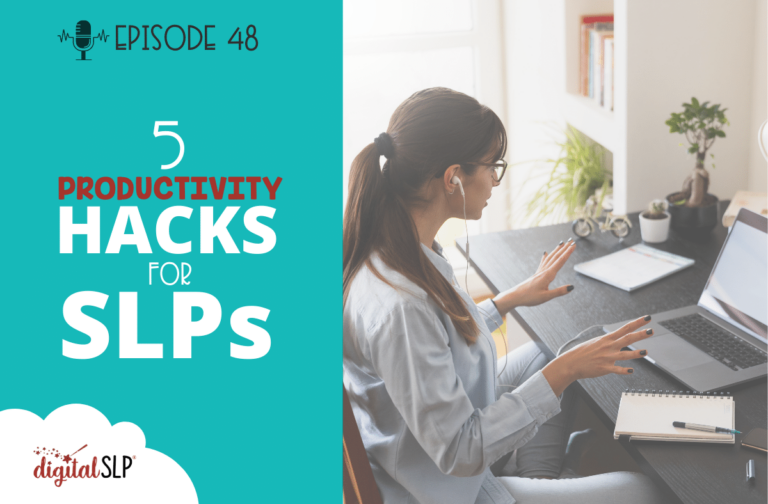
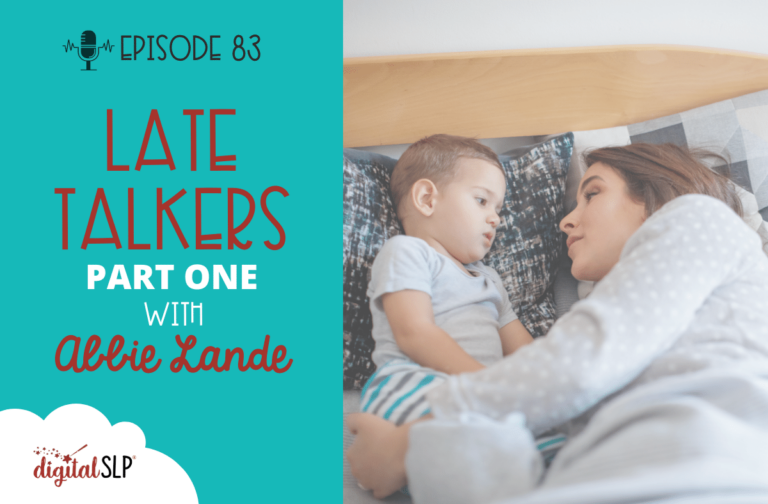


Recent Comments